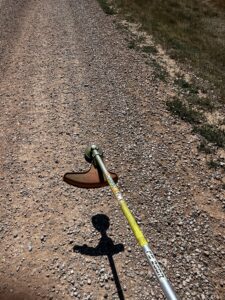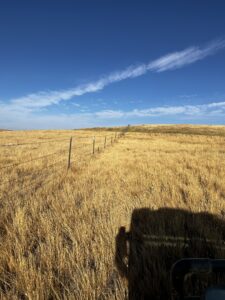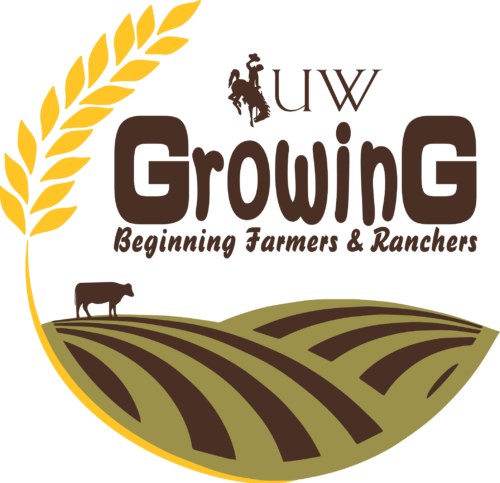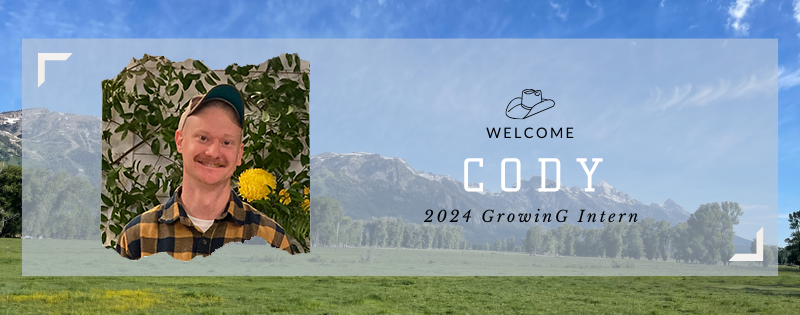Onto the “Smaller” Tasks
#bfrdpwy #aginternship #RightRisk

Things have slowed down here, calves and lambs are getting bigger,; brandings and dockings are done for the season; hay has been cut, baled, and stacked; and most of the major projects are completed, but that doesn’t mean there’s nothing to do, it’s quite the opposite. There is always something that need to be done, or needs to be fixed, and this is the time when we focus on those “random” tasks - more weeds to spray and more fences to check. One thing we have seen here is the water tanks leaking due to the cows taking a swim as they await to be rotated to fresh pastures.
Alongside moving cows to fresh pastures, we have to prepare the future pastures to be moved into while also repairing the previous pastures they were in. Winter pastures need to be sprayed while fences need to be checked and repaired before it is time to move the cattle into them. After cattle are moved to the next pasture, the previous pastures are checked for weeds, and sprayed if required. This is also the best time to check the fences again, repairing any broken areas so the pasture is ready for use in the next year’s rotation. Once the cattle are are ready for their next pasture, we check the water tanks for any potential issues. Pending there are no issues, or once they are fixed, we fill the tanks and welcome the cattle to their new grazing area.

The vast majority of fence repairs done are due to wildlife damage, not necessarily livestock damage. While there are ways to mitigate these problems with wildlife damaging fences, most of them tend to involve the full replacement of existing fences and can become quite expensive, even with help from some of the many agricultural programs available. So, existing fences tend to stay until they have reached their service life and are no longer repairable, which can be somewhere around 30 to 80 years depending on the type of materials used. Not to mention how massive of a project replacing an entire fence can be.

Going forward into the last 2 weeks of this internship, we will be more-so searching for these small projects to tend to in the lead up to the beginning of fall work, as well as preparing fall/winter pastures for moving onto them. At the end of the day, while this time of the year might not be as busy with brandings and moving animals from place to place, there’s always something to do, you just have to find it.
Submitted by: Cody Lancaster
Edits by: GrowinG Internship Team

